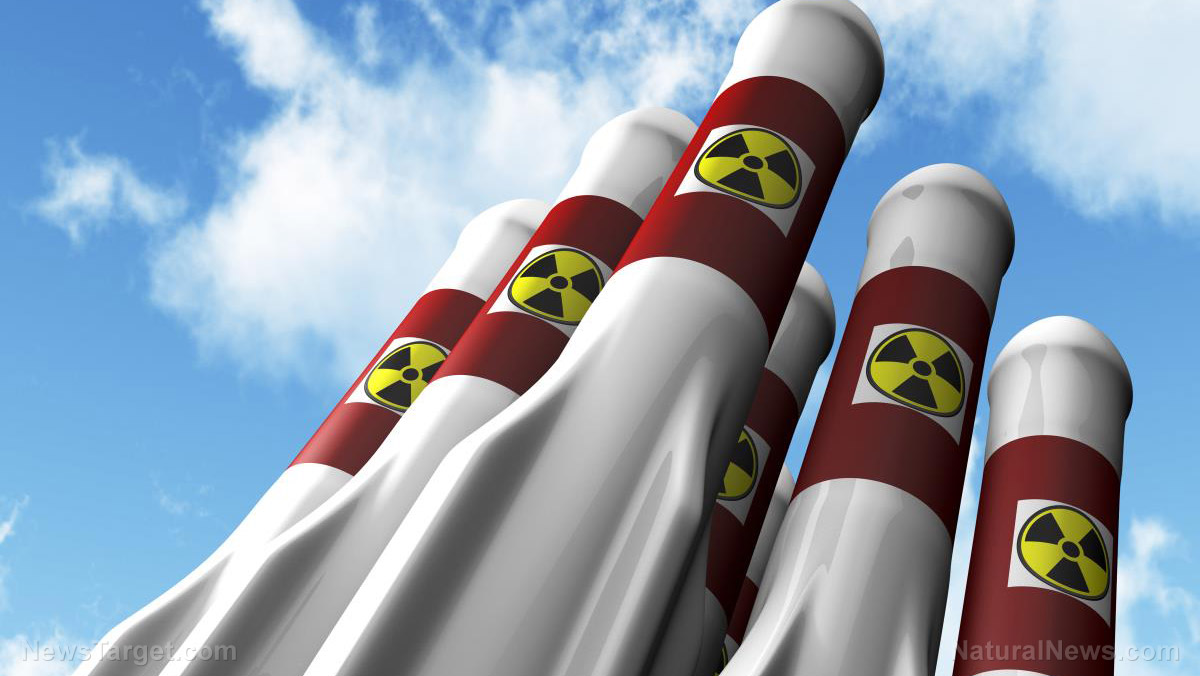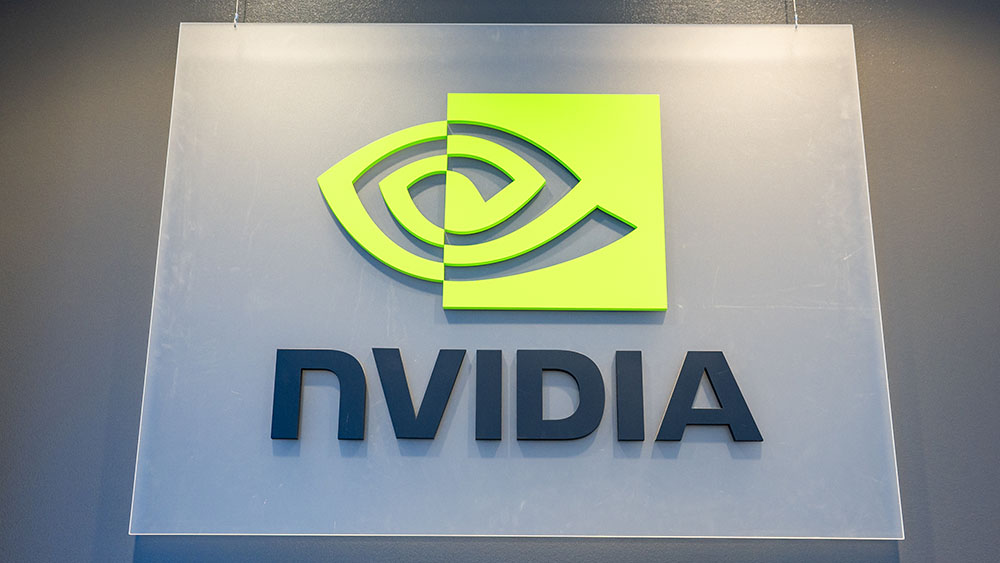
Algorithm helps experts spot 2022 SF289
Mario Juric, one of the brains behind the new algorithm and the director of the Institute for Data Intensive Research in Astrophysics and Cosmology at the University of Washington, explained that the discovery of 2022 SF289 hints at what the world can expect from the Rubin Observatory in less than two years, which is when researchers estimated that the HelioLinc3D algorithm will be discovering a similar heavenly object like the asteroid every night. Experts discovered 2022 SF289 by testing their algorithm on archival data from the Asteroid Terrestrial-impact Last Alert System (ATLAS) survey in Hawaii. ATLAS takes at least four images of the same spot of the sky every night. The analysis revealed something that ATLAS had missed: a large asteroid, visible in three separate sky images taken on September 19, 2022, and the next three nights. For ATLAS to work, an object must first appear in four separate images taken on a single night before that object can be considered an asteroid. Because 2022 SF289 did not meet that criteria, astronomers didn't know about its close brush with Earth. The new HelioLinc3D algorithm is designed to quickly produce asteroid detections from much less data. The HelioLinc3D algorithm was designed with the Rubin Observatory in mind. While the observatory can only scan the sky twice every night, it will do so in much higher detail than most modern observatories, said the researchers. The team believes that 2022 SF289 is only the first of many exciting discoveries for Rubin and the new algorithm. Members of the team said there may be thousands of hidden PHAs circling Earth, awaiting detection. They are more than ready to make these discoveries to share them with the world. Visit Space.news for more stories about asteroids and space-related updates. Watch the video below to learn more about NASA's secret space program. This video is from the Global Citizens channel on Brighteon.com.More related stories:
NASA warns: Earth at GREATER RISK of being destroyed by asteroid than earlier thought. Ryugu asteroid holds building blocks of life older than the solar system. Space hazards: 8 Huge asteroids made closest approach to Earth in the first 14 days of 2023. Sources include: LiveScience.com 1 LiveScience.com 2 Brighteon.comHospitals across the US closing down MATERNITY WARDS due to staff shortages, low birth rates
By Laura Harris // Share
REPORT: Hunter Biden hired PR firm to clean up his Wikipedia page and make him look good
By Arsenio Toledo // Share
Russian Defense Minister Shoigu visits former Soviet nuclear testing site in the Arctic
By Arsenio Toledo // Share
Listeria OUTBREAK linked to recalled ice cream cups feared to have spread in 20 states
By Olivia Cook // Share
Forget the past: FDA claims it never warned against Ivermectin for COVID19
By News Editors // Share
Damning report reveals Big Tech’s interference in Kari Lake’s election
By News Editors // Share
North Korea advances nuclear submarine program as Kim Jong Un oversees missile tests
By kevinhughes // Share
USCIS touts historic immigration enforcement under Trump administration
By willowt // Share
Nvidia strengthens AI dominance with strategic Groq talent acquisition and licensing deal
By kevinhughes // Share
Landmark study links even light alcohol use to soaring mouth cancer risk
By avagrace // Share











